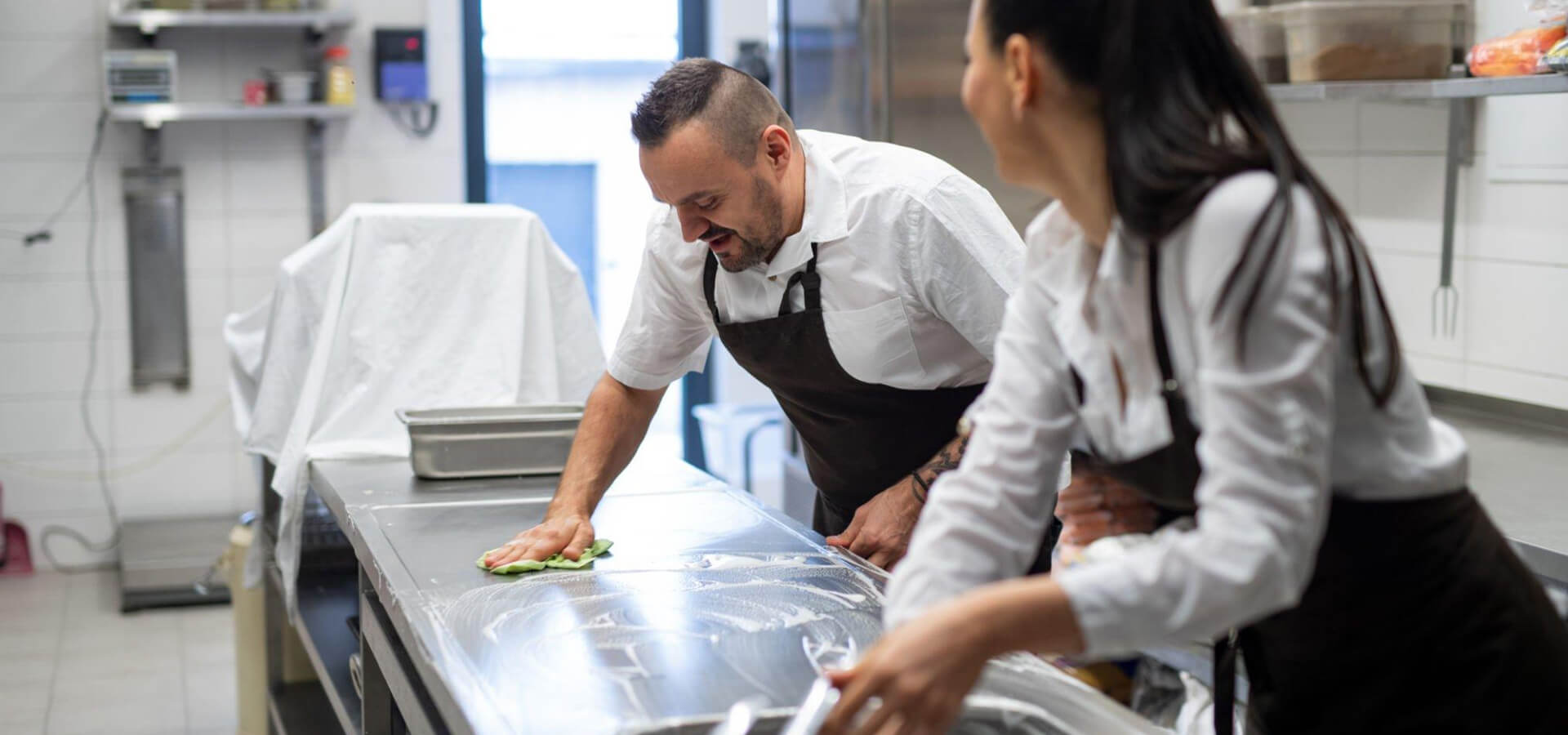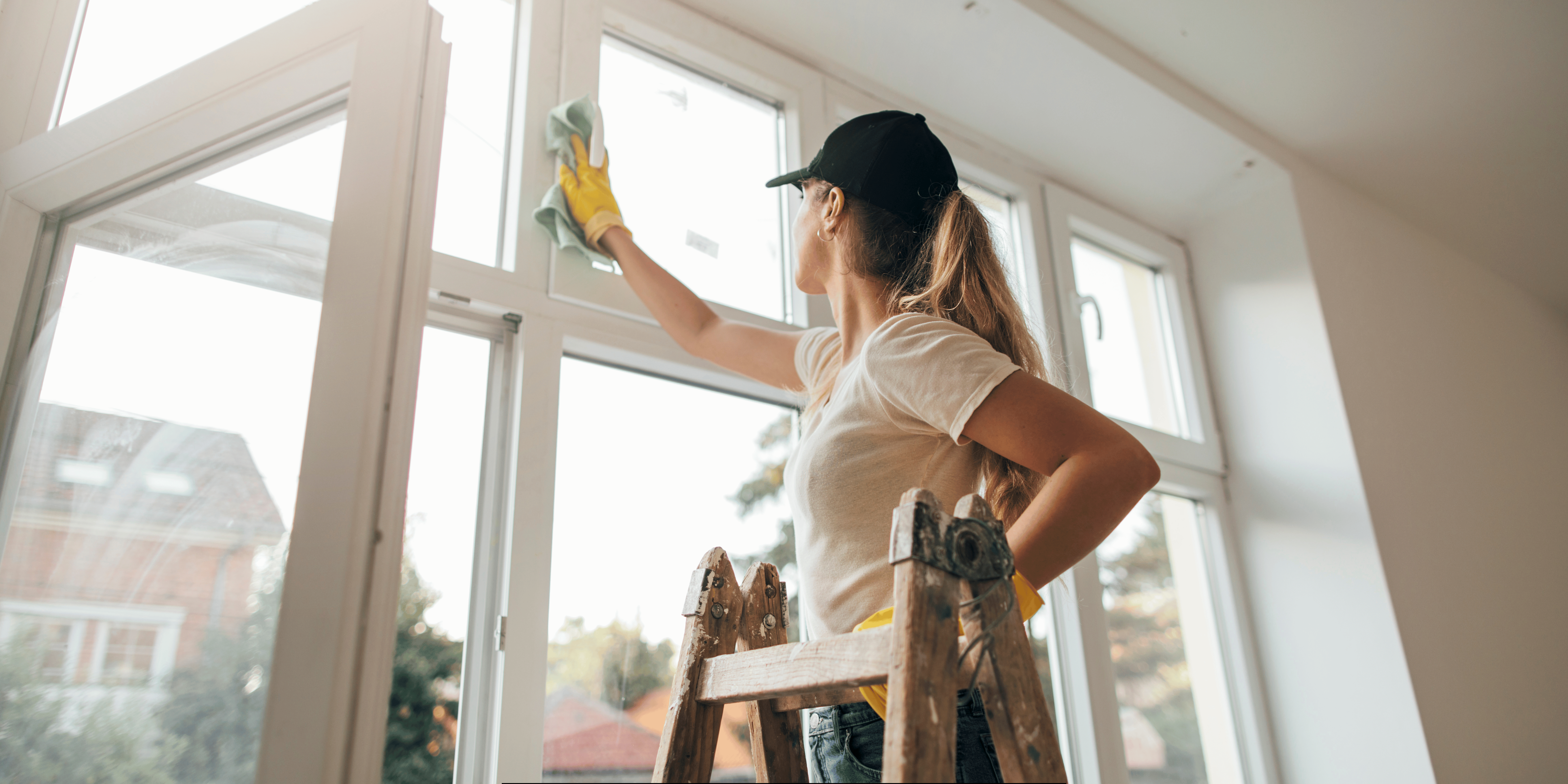blog
30 October 2024
Maintaining the cleanliness of your home is essential to avoid the accumulation of grime, dust, and dirt on the house. Still, many misconceptions and myths about domestic cleaning cause many to employ incorrect approaches or damage their belongings. To make cleaning your home more effective, this article will debunk eight popular cleaning myths.
Myth #1: Every time expensive cleaning products are always the best.
Various cleaning goods are available in supermarkets, and many customers believe that costly, fancy products from leading manufacturers are more effective than cheaper products labeled by supermarkets. However, the effectiveness of cleaning any surface is not necessarily determined by its cost but rather by its components and proper application.


Myth #2: Allowing the plates and utensils to stay dirty for a while makes cleaning them easier afterward.
Although pre-rinsing crusty pots/ pans with hot water softens some parts of the cooked-on food, washing dishes in soiled wash water does not make it much more accessible. This, combined with the fact that food particles left on plates, bowls, and utensils tend to harden when left in a tray, that washing them becomes even more difficult later on. Washing dishes more efficiently is possible by scrapping and rinsing dishes before putting them in the dishwasher.
Myth #3: Less Chemicals Mean Better Cleaning
Any small quantities of solid cleaning chemicals do not mean that cleaning will be done effectively. On the contrary, most of the cleaners you find in the market are designed to be efficient when utilized per the manufacturer’s instructions. In addition to using up products, cleaning with chemicals can cause chemical contamination or mar the surface even more.
Myth #4: Bleach, for example, can clean and kill every germ on any surface of your body.
Although bleach removes germs, it is chemically reactive. It can stain most home surfaces, such as wood, granite, aluminum, and textile furniture. Our surprise grew when we found that bleach struggled as a cleaning agent for soil, grease, and hard water stains. Ideally, it is safer to use cleaners, formulas for each veneer you will be cleaning. Read instructions to determine if what is being used is safe for the surface or if it contains bleach.
Myth #5: Air Fresheners eliminate smells and enhance the quality of the entire air in a room.
However, air freshener sprays only cover up stinks since their primary purpose is not to finally eradicate any smell. They change the smell of the air around for a few hours. Still, these scents contain volatile organic combustible (VOC) chemicals that worsen asthmatic and allergy symptoms. Deodorizers give people the feeling of a clean environment without purging or cleansing the air in the truest sense.
Myth #6: Microfiber Cloths Always Clean Better Than Paper Towels
Microfiber cloths are widely used as they seem to be cheaper and more disposable than the paper towels. On the flip side, paper towels are, on several occasions, the best option for cleaning when it is essential. This is especially true when handling food that has come into contact with germy products such as raw meat juices as paper towels are easily disposed of. Ever ready re-usable microfiber cloths are also capable of harboring bacteria’s if not washed often.
Myth #7: Washing dishes by hands is more economical in the use of water than washing them using the dishwasher.
Most people believe that the ability of newer dish washing machines to save on water is defeated by washing partial loads. However, new reviewed research that was conducted recently provided shocking findings indicating that most modern dishwashers are even more conservationist than hand washing when well operated. To save even more, remove leftover food on dishes use auto or eco wash cycle and do not run the dishwasher when it is not complete.


Myth #8: Surface Cleaners Can Inactivate Viruses and Bacteria
Be it COVID-19 or the annual flu, any news of a transmittable disease makes everyone want to wash something furiously to get rid of germs. Nevertheless, store-brought cleaning products such as; detergents for washing clothes, glass cleaners, and all in one cleaners are actually only efficient in the removal of dirt, dust, stains and debris. As cleanliness contributes to conducive health, only virucidal and bactericidal products which can disinfect and remove pathogenic organisms help to reduce the chances of spreading different types of viruses and bacteria.
Conclusion
It is unfortunate that many people have misconceptions about cleaning since even healthy homes produce many myths that may cause unrealistic expectations or even affect someone’s decision to make improper choices. The navigated facts about these misconceptions are that in amplifying the applicability of methods and the utilization of products, direct damage can be prevented. Emphasis is made on cleaning, ideal use of cleaners that are appropriate for each surface, efficient use of appliances such as dishwashers and if required the use of certified disinfectants. Some common myths about cleaning are essential to dispel in order to achieve clean house, healthy home, and save more time and money besides not washing away a fortune in water.











